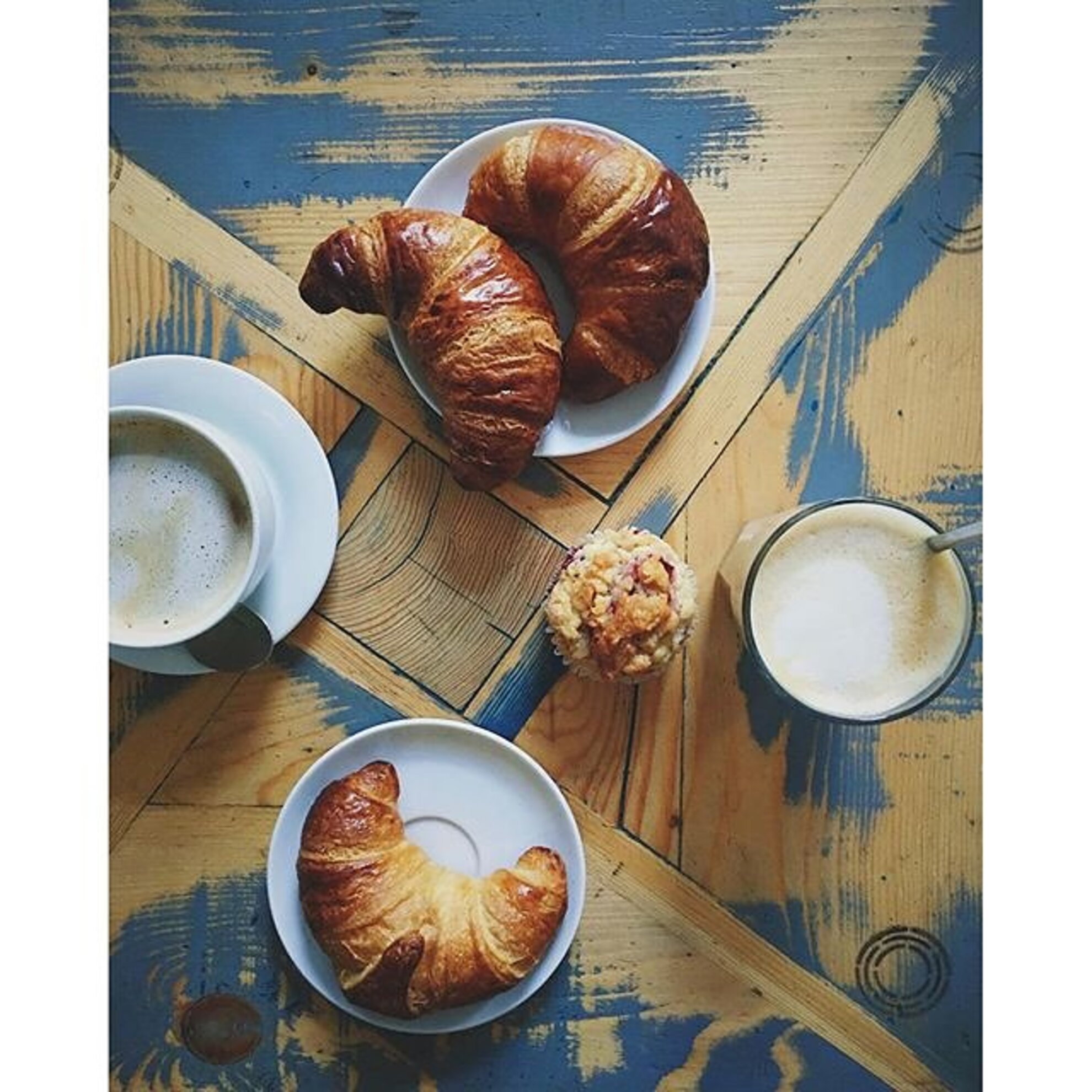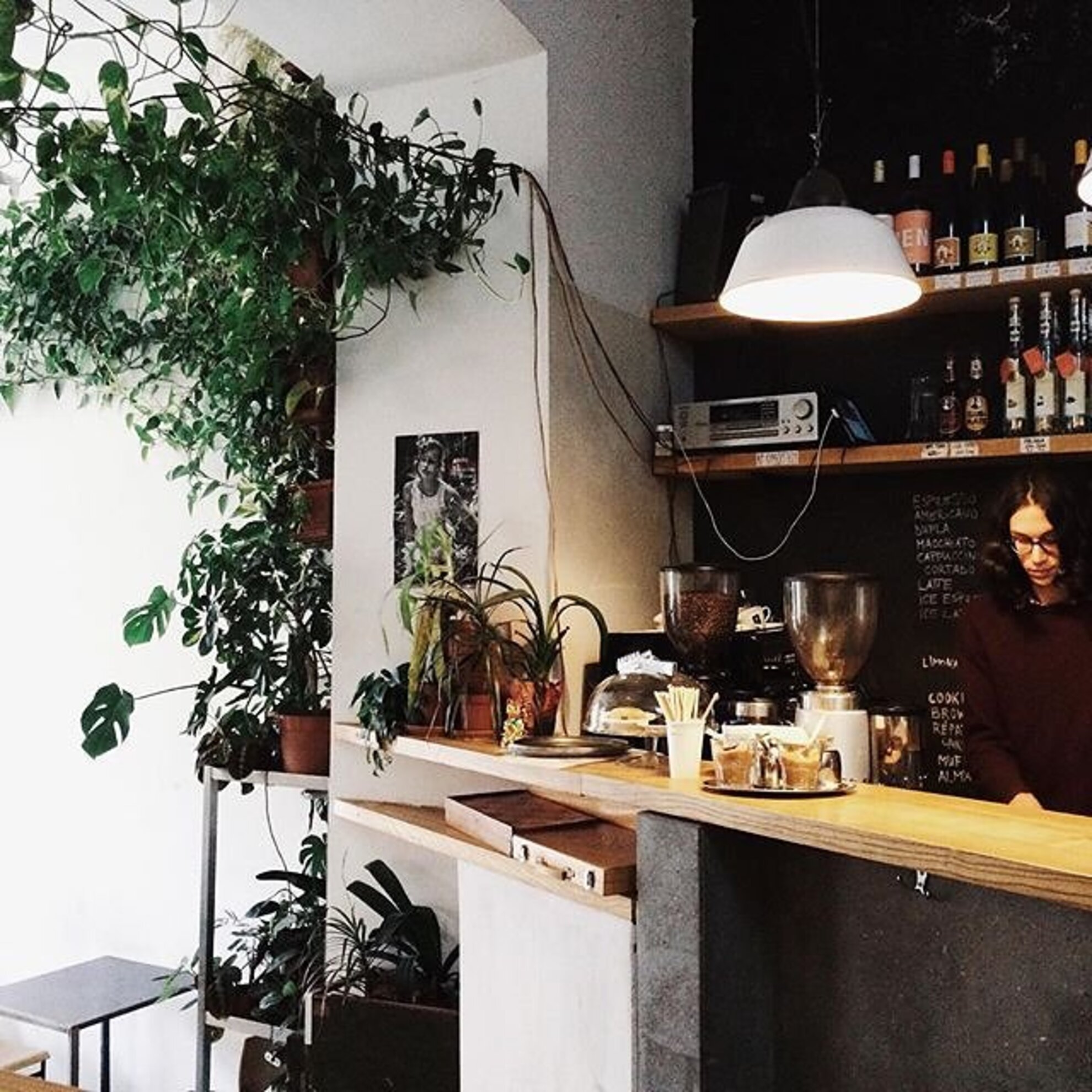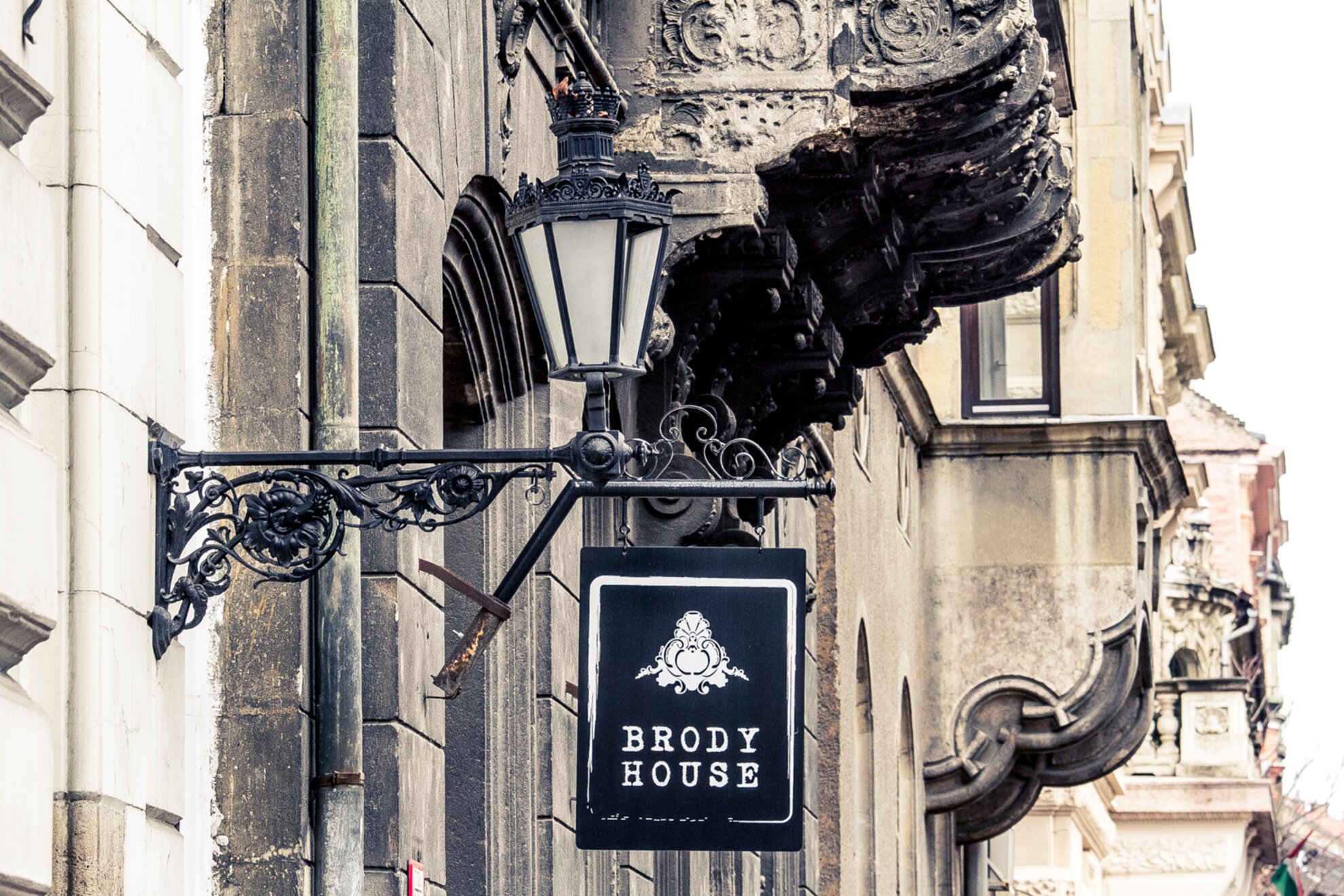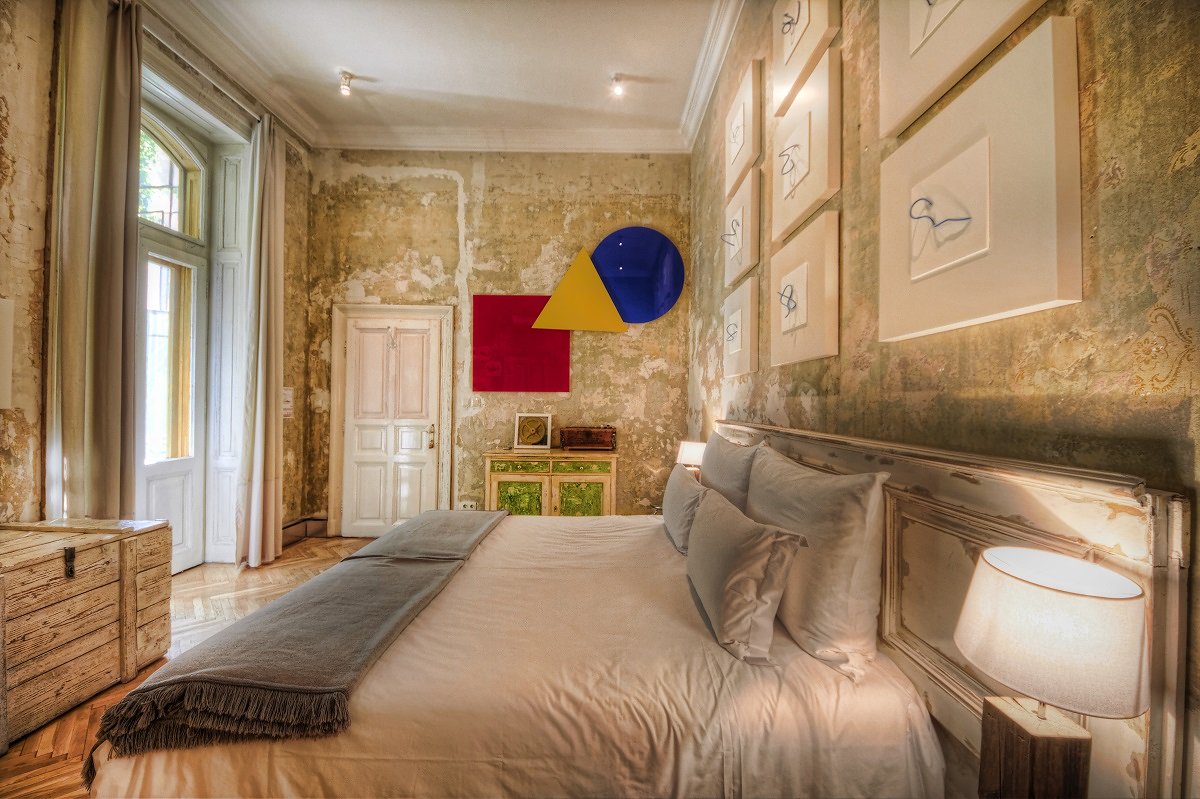Not long ago, the reputation of Pest’s District VIII was anything but glamorous, despite the fact that this was one of the city’s poshest neighborhoods a century ago (hence why the most central zone is still called the Palace District); it still holds historic architectural treasures like the Hungarian National Museum and the neo-Baroque Szabó Ervin Library. Alas, in the aftermath of World War II and the 1956 Revolution, this district became a rundown area of neglected buildings and widespread poverty.But many changes took place here in recent years, birthing an arty, animated hub – and according to a recent article from Vogue by Alia Akkam, it is worth taking an afternoon stroll here to check out the colorful dining and drinking destinations, as well as its charming hotels.
The article mentions a few cafés, as well: the list begins with Caffé Torino located next to the Italian Institute of Culture, where it is recommended to stop by for a coffee or lunch, to taste the Bolognese sauce, and listen to some lighthearted Italian pop under the arched brick ceiling.

The next place they recommend is Tasting Table, a must-visit for wine lovers. Here, the owners – a worldly husband-and-wife team – await guests with quality bottles of hard-to-find Hungarian wine, as well as cheeses and various cold cuts. Except for a few makeshift chairs, there is nowhere to sit in petite-size Bisztrónyúl, but the nostalgic café is worth popping by after a visit to the museum, even if just to browse through the postcards, cookbooks, and vintage vinyls.Pelmeni, Russia’s traditional meat-stuffed dumplings, are the stars of Matrjoska Bistro. While waiting for the beef and pork version coated in tangy butter sauce, we can taste one of the dozen vodkas and caviars on offer. Vogue’s list features Lumen Café as well, which attracts a laptop set with a nice macchiato during the afternoons, but come evening it morphs into a convivial wine-fueled bar. It highlights a tiny gallery that showcases ever-changing artwork, where visitors can view and purchase various products of Hungarian designers.

Vogue recommends Jelen because of the candle-topped wine bottles perched on the wooden tables, the comforting food, and eclectic atmosphere, while Zsiga Bar was added to the list because of its floral tablecloths, tchotchkes, Jesus imagery, and kitschy vibe of Grandma’s parlor, as well as its homemade goulash. The American magazine puts emphasis on the kitchen when mentioning Café Csiga at Rákóczi Square, with satisfying dishes like sweet-potato soup with anchovies and chicken dressed in lemon-hazelnut sauce.We are not surprised that Vogue points readers to Építészpince, either. The grand villa, built in the 1880s, served as a haven for architects and artists during the 1956 Revolution, and is now known for intimate lunches amid original ceramic tiles by artist Margit Kovács.

Vogue highlights the one-of-a-kind Brody House when it comes to hotels. The 19th-century building flaunts 11 distinctively designed rooms, each one tricked out with good-looking features like freestanding bathtubs and cleverly repurposed furniture dreamed up by contemporary artists, awaiting those who wish to burrow into a cozy bed while surrounded by innovative design after a long day. With so many creative new enterprises like this in District VIII, we expect to see more articles like this in the international press before long!




